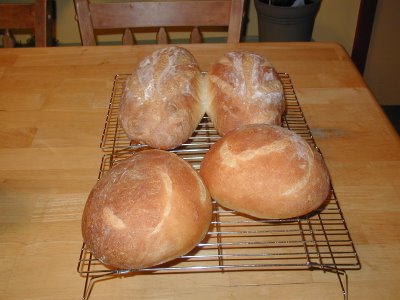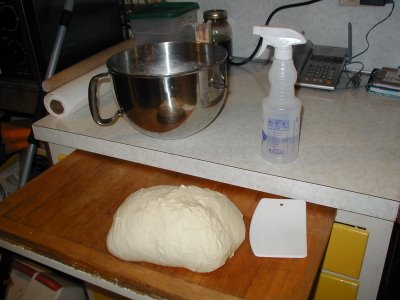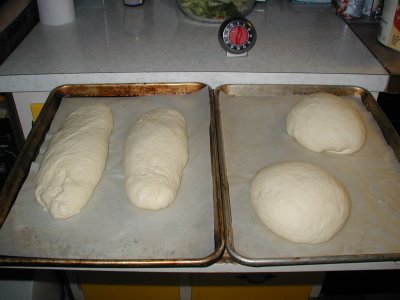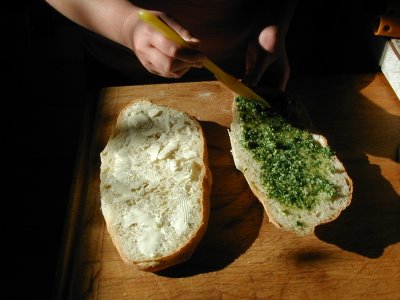
I used the recipe from The Bread Bible by Rose Levy Beranbaum. She calls for a dark beer such as Bass or Beck's but what I had on hand was stout. And what a stout it is! Barney Flats Oatmeal Stout is so rich and creamy you are practically chewing on that body. It's an award-winning brew, named one of the world's 50 best beers by Stewart Kallen, and justly so.
As a nice little bonus, the recipe calls for 9oz of beer. The bottle holds 12 oz, which leaves a nifty little 3oz snack for the baker.

The dough is a gorgeous cafe-au-lait color, and is soft and supple.

I used Beranbaum's suggested "lantern" pattern of five slashes, then popped it in the oven for about half an hour. I could barely wait. The sweet malty aroma was the perfect antidote for the hour I spent walking the dogs in fog and snow. But I know NEVER to slice into a warm loaf, tempting as it may be. All you get for the haste is a gummy mouthful of cotton. So be patient, and be properly rewarded with the rich earthy crumb of this beautiful brown loaf:

My favorite accompaniment to a freshly-baked loaf is unsalted butter and thick-cut orange marmalade (preferred: World Market's house brand, made in Belgium. Not too sweet, and generously textured with peel.) The slightly bitter edge and the citrus were the perfect foil for the malty sweet bread. The kids loved it in their turkey sandwiches.
Definitely something to make again!








